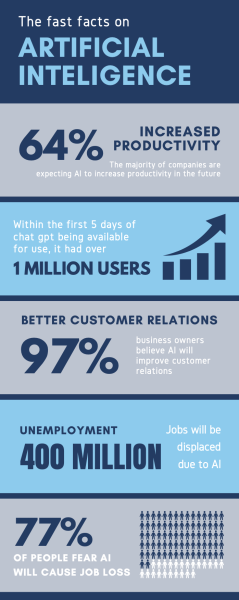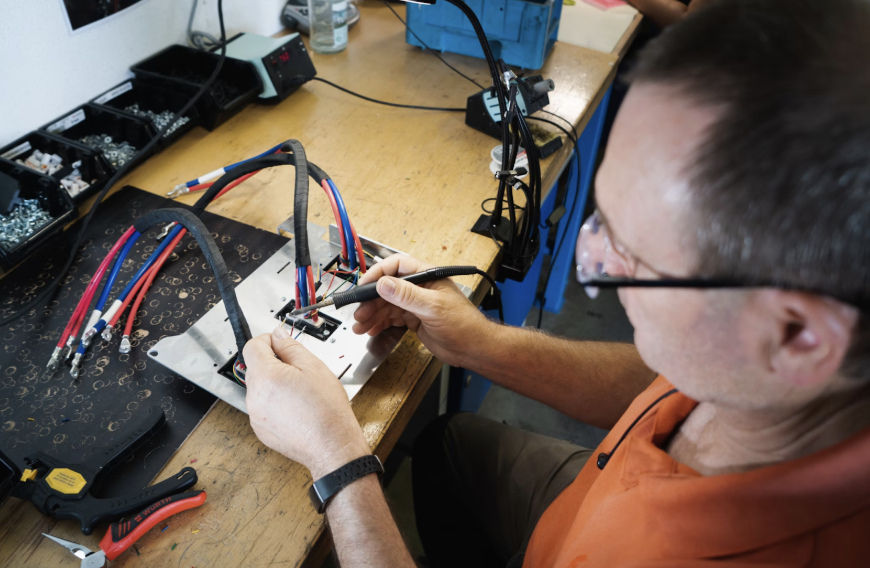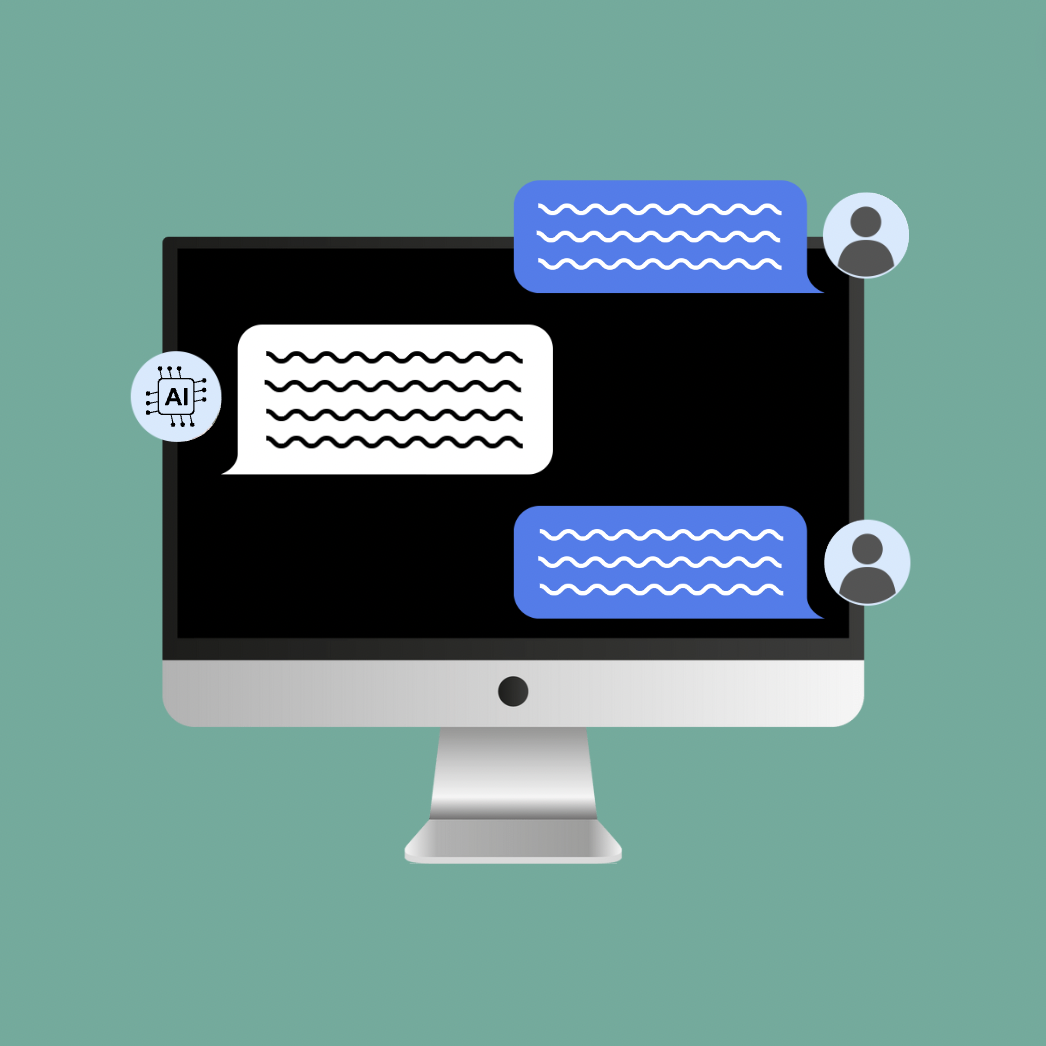Views of AI usage in the classroom are changing as student and staff understanding of the benefits and pitfalls of the technology as it continue to evolve. In the 2023-2024 school year, the Wake County Public School System announced a policy change regarding the use of AI. Previously, AI use was completely banned, but schools now permit students and teachers to access AI on school Wi-Fi and use it in particular ways.
“We’re really at a turning point with this technology, where we hear people applaud the efficiencies but also voice concerns about the need for limitations, so that’s what we want to tackle,” said Shinica Thomas, the chair of the Wake County Board of Commissioners, who serves on a national committee tackling artificial intelligence, in a statement to Wake County.
In fall, Wake County revisited these AI policies, and now access to these tools is available to students in middle and high school. Since its initial inception, AI usage grew exponentially as the algorithm continues to advance with new developments. The popularity of AI tools is increasingly rapid, and exceeds that of many social media apps.
For instance, OpenAI chatbot ChatGPT took 5 days to receive to 1 million users. In comparison, Instagram took close to 2 months to achieve that number.
The education system serves to prepare students for their future careers and some teachers have taken into their own hands the responsibility to teach their students AI ethics.

With its rapid growth, AI’s place in future classrooms is apparent, but Green Hope AP Computer Science teacher Mr. Daniel Nolan said that teaching students how to use it ethically is imperative.
“Looking ahead, I imagine AI in education’s only going to get bigger and better. More personalized learning, smarter data use to catch students who might be falling behind, that kind of thing. But, we’ll have to balance it out with traditional teaching methods to keep things well-rounded,” he said.
Nolan highlighted numerous benefits of AI use under guidelines that ensure students are not violating the honor code.
Nolan explained his personal motivation for teaching students AI use. “With the new AI policy, my focus is on using AI ethically and responsibly. It’s important to teach students about digital responsibility and data privacy, alongside using AI to enhance their learning. It’s all about finding that sweet spot between tech and traditional education,” said Mr. Nolan.
Other teachers are less optimistic regarding incorporating AI into the classroom. While AI can generate responses faster than that of a human, those responses still require a level of validation for accuracy and appropriateness.
English teacher Mrs. Denise Nosbisch said that when students use AI, they don’t always learn the way they would using their own thinking.
“My big takeaway with AI is for students to remember that just because AI wrote something doesn’t mean it demonstrates mastery or fulfills a teacher’s specific assignment criteria. For my classes, I always run my prompts through AI in various ways, so I am familiar with the content it generates. Doing this helps me recognize when students have used it as well,” she said.
Mrs. Nosbisch emphasized that relying purely on AI tools will not lead students to success in schools because teachers take action to familiarize themselves with such tools so they can recognize when a student uses them to complete work. Even in situations where use isn’t detected, according to Mrs. Nosbisch, students don’t always walk away with a solid understanding of class material.
Many experts share similar sentiments, pertaining to how these tools are viewed as a shortcut that hinders long-term student development and success in their high school journey.
Although AI will remain prevalent in the future, its exact place in education and the classroom remains unclear.











































































